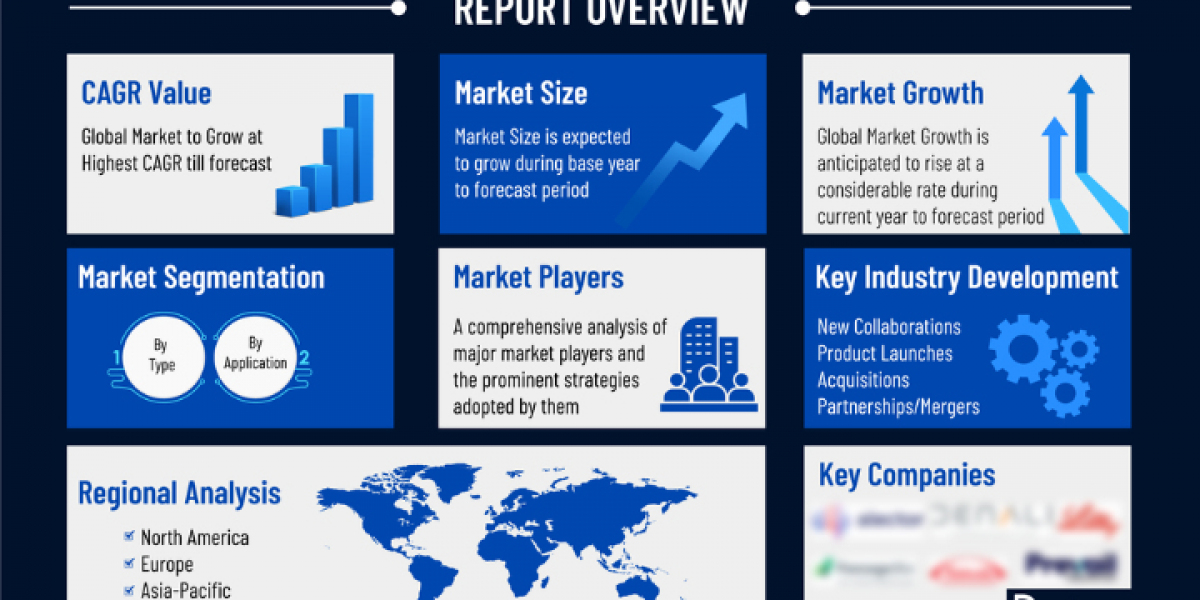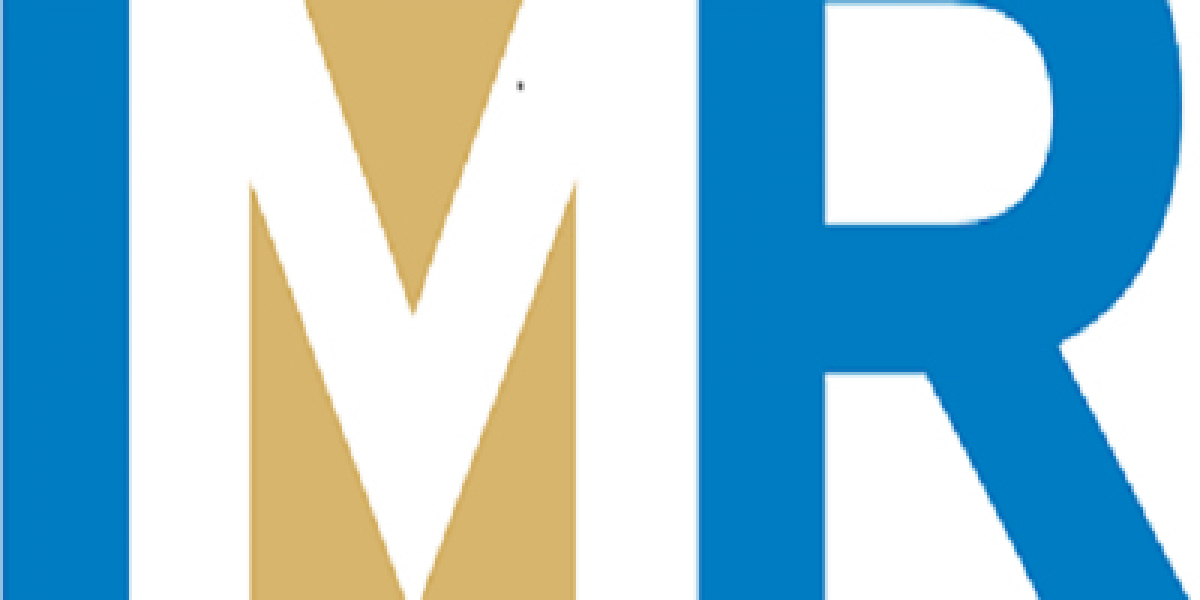GnRH Treatment Market Insights
The GnRH receptor antagonist market is witnessing rapid advancements as awareness of reproductive and hormone-related conditions increases, and as novel therapies continue to be developed. Historically, GnRH agonists were widely used for conditions like prostate cancer and endometriosis. However, these drugs often cause side effects related to hormone surges, such as hot flashes and mood swings. GnRH receptor antagonists, on the other hand, work by directly blocking GnRH receptors, reducing these effects and allowing for more controlled hormone suppression.
Key Applications of GnRH Receptor Antagonists:
- Prostate Cancer: GnRH receptor antagonists have shown great potential in the treatment of hormone-sensitive prostate cancer by suppressing testosterone, which drives cancer progression. This has been especially beneficial for patients who cannot tolerate the side effects associated with GnRH agonists.
- Endometriosis and Uterine Fibroids: For women with endometriosis or uterine fibroids, GnRH receptor antagonists help manage symptoms by lowering estrogen levels, thereby reducing pain and excessive bleeding.
- Assisted Reproductive Technology (ART): GnRH receptor antagonists are increasingly used in controlled ovarian stimulation for in vitro fertilization (IVF), where they prevent premature ovulation and allow for better timing in the retrieval of eggs.
Market Drivers:
- Growing Prevalence of Hormone-Sensitive Conditions: Conditions such as prostate cancer, endometriosis, and uterine fibroids are becoming more common, especially in aging populations.
- Rising Awareness and Diagnosis Rates: Improved awareness and advancements in diagnostics are enabling earlier detection of hormone-related conditions, driving demand for targeted therapies.
- Patient Preference for Novel Therapies: The demand for GnRH receptor antagonists is rising as patients seek effective treatments with fewer side effects than traditional hormone therapies.
GnRH Pipeline and Competitive Landscape
The GnRH pipeline is robust, with numerous therapies currently in various stages of clinical trials. Pharmaceutical companies are actively investing in research to expand the therapeutic scope of GnRH receptor antagonists, with significant interest in non-hormonal and long-acting formulations that could improve patient compliance and outcomes. Key players in the market include AbbVie, Myovant Sciences, Pfizer, and Takeda Pharmaceuticals, among others.
Notable Drugs and Companies:
- Relugolix (Orgovyx) by Myovant Sciences and Pfizer: Approved for prostate cancer, Relugolix has gained traction due to its oral administration and lower cardiovascular risk compared to some GnRH agonists.
- Elagolix (Orilissa) by AbbVie: Elagolix is one of the most notable GnRH receptor antagonists for the treatment of endometriosis and uterine fibroids. It has provided significant relief from pain for patients with minimal side effects.
- Other Pipeline Candidates: Companies are researching longer-acting formulations and combination therapies that would allow for better symptom management, improved patient adherence, and fewer hormonal side effects.
As companies continue to develop therapies, the GnRH treatment market is expected to see a surge in product launches and partnerships aimed at expanding the accessibility and effectiveness of these treatments.
GnRH Receptor Antagonist Target Population
The target population for GnRH receptor antagonists encompasses both male and female patients with hormone-sensitive conditions. The primary groups benefiting from these therapies include:
- Prostate Cancer Patients: Given that prostate cancer is one of the leading cancers among men worldwide, GnRH receptor antagonists have become a crucial part of the therapeutic arsenal. Their use is particularly advantageous for older men, who are more vulnerable to side effects from traditional hormone therapy.
- Women with Endometriosis and Uterine Fibroids: Millions of women are affected by these conditions, which can cause severe pain, infertility, and heavy menstrual bleeding. The availability of GnRH receptor antagonists has provided a significant improvement in symptom relief for many of these patients.
- Fertility Treatment Candidates: In assisted reproductive technology, GnRH receptor antagonists play a role in improving outcomes by allowing for controlled ovarian stimulation and minimizing complications related to premature ovulation.
Increasing diagnosis rates and heightened awareness around hormone-sensitive conditions are expanding the GnRH patient population and, consequently, the demand for these targeted therapies.
Market Forecast - 2034
Looking toward 2034, the GnRH inhibitors market size is anticipated to grow significantly. The expansion will be driven by several factors:
- Increased Prevalence of Prostate Cancer and Endometriosis: As the global population ages, the incidence of hormone-related conditions is expected to increase, leading to a greater need for effective, long-term treatments.
- Emerging Oral and Long-Acting Formulations: The introduction of oral GnRH receptor antagonists has already improved patient adherence and future developments in long-acting injectable formulations will further benefit patients who prefer less frequent dosing.
- Strategic Collaborations and Licensing Agreements: Collaborations between companies are expected to accelerate R&D efforts and streamline regulatory approvals, facilitating broader access to novel GnRH receptor antagonists.
- Geographic Expansion: While North America and Europe currently dominate the GnRH treatment market, there is significant potential for growth in emerging markets, where awareness and diagnosis rates for hormone-sensitive conditions are improving.
Projected Market Dynamics
- CAGR Growth: The GnRH inhibitors market is expected to witness a strong compound annual growth rate (CAGR) through 2034, with increased demand for non-invasive and low-side-effect treatments.
- Revenue Impact: Revenue from GnRH receptor antagonists is projected to expand significantly, driven by an increase in the patient population and a strong focus on product development and commercialization.
As a result, the market landscape will continue to evolve with the introduction of improved therapies, better diagnostic tools, and expanded indications, ultimately enhancing the treatment experience for GnRH patients.
Conclusion
The GnRH receptor antagonist market is on a trajectory of significant growth, fueled by the increasing prevalence of hormone-sensitive diseases, advancements in treatment options, and heightened awareness of reproductive and hormonal health. With a robust GnRH pipeline of innovative therapies and new approaches to patient care, the GnRH treatment market is expected to witness expanded applications and wider patient adoption. As new therapies enter the market and become more accessible, GnRH receptor antagonists will likely play an essential role in transforming the landscape of hormone-related treatment, offering hope and improved quality of life to patients worldwide.
Latest Reports
Necrotizing Enterocolitis Market | Arteriovenous Malformations Market | Mammography Devices Market | Global Kinase Inhibitor Market | Nerve Repair And Regeneration Devices- Market Insights | Intracranial Pressure Monitoring Devices Market | Diabetic Wound Market | Sglt2 Inhibitors Market | Electroencephelographs Pipeline Insight | Fabry Disease Market | Dental Implants And Prosthesis Market | Peritoneal Dialysis Equipment Market | Drug-eluting Stents Market Market | Sinusitis Market | Pd-1 & Pdl1 Market | Cervical Dysplasia Market | Hypogonadism Market | Acoustic Neuroma Market | Non-hodgkin’s Lymphoma Market | Substance Use Disorder Market | Transcatheter Heart Valve Replacement Devices Market | Bone Neoplasms Market








